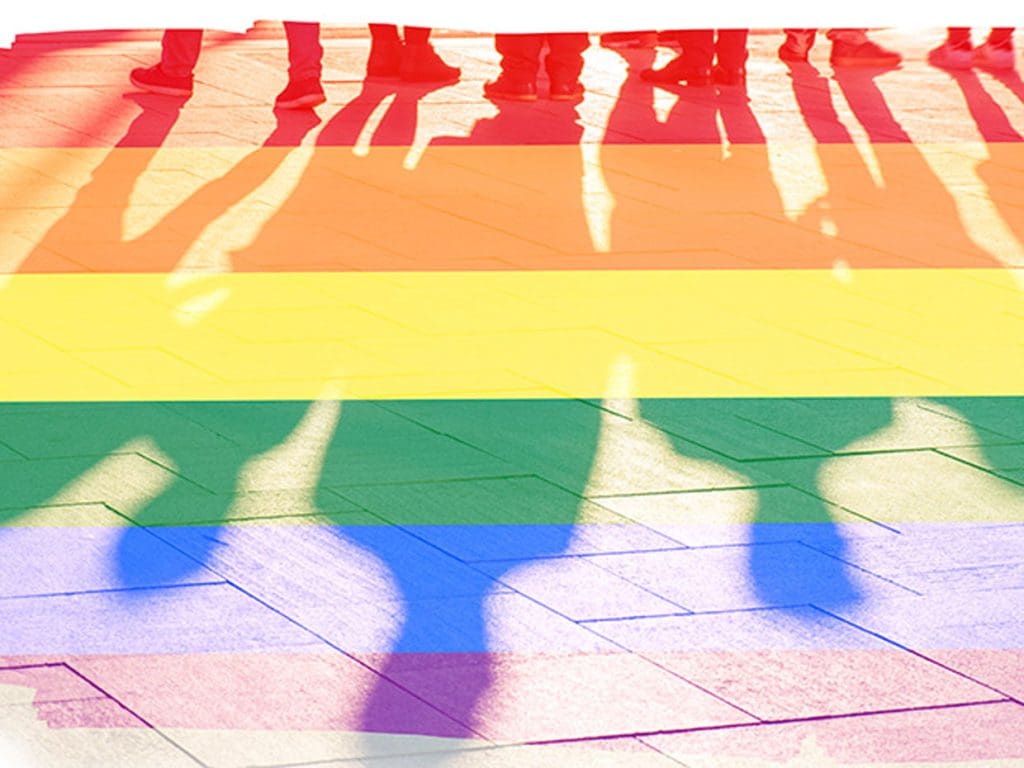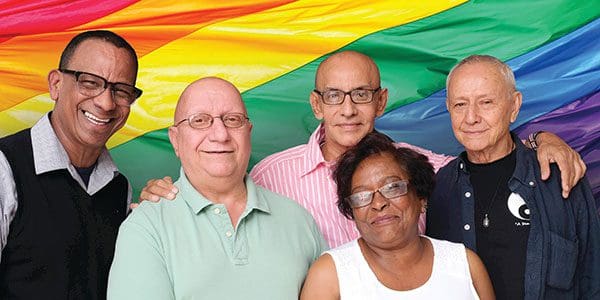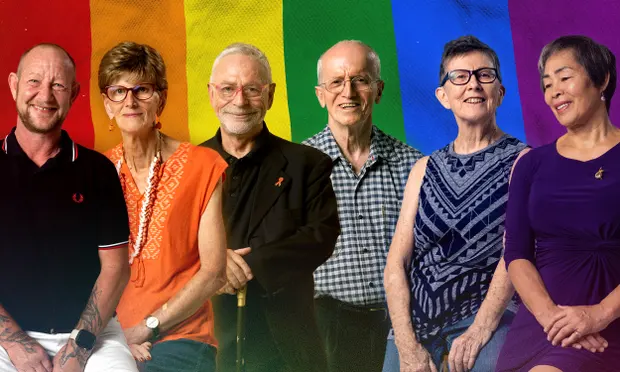The Challenges Faced by the Aging LGBTQIA+ Population
Navigating the Golden Years: Understanding the Unique Challenges of the Aging LGBTQIA+ Community

Delve into the unique challenges faced by the aging LGBTQIA+ population, and understand the importance of support, inclusivity, and policies that cater to their specific needs.
As the LGBTQIA+ population ages, it becomes increasingly important to recognize and address the unique challenges they face. The aging LGBTQIA+ community has lived through periods of discrimination and social change, and as they enter their golden years, they often face a set of challenges that are distinct from their heterosexual counterparts.
Social Isolation and Loneliness
One of the most significant challenges faced by the aging LGBTQIA+ population is social isolation and loneliness. Many older LGBTQIA+ individuals may not have children or may be estranged from their families due to their sexual orientation or gender identity. This can lead to a lack of a support system, which is crucial in old age.
Health Disparities

The aging LGBTQIA+ population often faces health disparities compared to the general population. They may have higher rates of mental health issues, chronic illnesses, and substance abuse. These disparities are often exacerbated by a lifetime of stress related to discrimination and stigma.
Lack of Culturally Competent Care
Finding culturally competent healthcare and elder care is a significant challenge for the aging LGBTQIA+ population. Many healthcare professionals are not trained to address the specific needs of LGBTQIA+ individuals, and discrimination within healthcare settings is not uncommon.
Financial Insecurity

Financial insecurity is another challenge faced by many in the aging LGBTQIA+ community. Discrimination and bias in the workplace may have led to lower earnings over their lifetime, and as a result, many may not have sufficient savings or pensions for their retirement.
Legal and Policy Challenges
The aging LGBTQIA+ population also faces legal and policy challenges. While there have been significant advancements in LGBTQIA+ rights, there are still gaps in protections, especially in areas such as housing, healthcare, and elder care.
Addressing the Challenges
Addressing the challenges faced by the aging LGBTQIA+ population requires a multi-faceted approach. Culturally competent care is essential. Healthcare and elder care professionals need training to understand and address the specific needs of LGBTQIA+ individuals.
Additionally, policies need to be inclusive and protective of the rights of the aging LGBTQIA+ population. This includes policies related to housing, healthcare, and financial security.

Community support is also crucial. Building communities and support systems for the aging LGBTQIA+ population can help alleviate social isolation and provide the social connections that are so vital in old age.
The aging LGBTQIA+ population has contributed immensely to the social fabric of our societies. As they enter their golden years, it is our responsibility to ensure that they can do so with dignity, support, and the same protections and rights afforded to all citizens. Through education, policy change, and community support, we can work towards a society that is inclusive and supportive of its aging LGBTQIA+ members.

Comments are closed, but trackbacks and pingbacks are open.